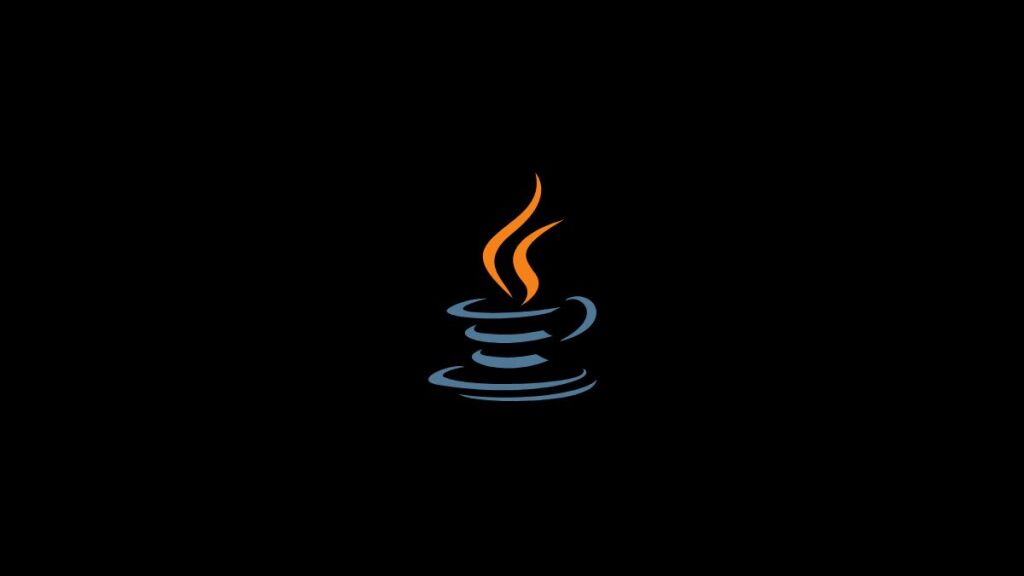The Java Collections Framework (JCF) provides a robust architecture to store and manipulate groups of objects. Among the numerous data structures it supports, the Queue interface is particularly noteworthy for its FIFO (First-In, First-Out) operations, modeling a line where elements are added at one end and removed from the other. A key operation provided by the Queue interface for removing elements is the poll() method. This article delves into the poll() method, exploring its functionality, usage, and best practices within Java applications.
The poll() Method Explained
The poll() method retrieves and removes the head (the first element) of the queue. Its signature is straightforward:
E poll()Where E represents the type of elements held in the queue. The method serves two main purposes:
- Retrieval: It fetches the head of the queue.
- Removal: It removes the fetched element from the queue.
A critical aspect of poll() is its behavior when the queue is empty: instead of throwing an exception, it returns null. This characteristic makes poll() a safer option for queue element removal, especially in scenarios where the queue might be empty, and you wish to avoid handling exceptions explicitly.
When to Use poll()
The poll() method is particularly useful in applications where you need to process and remove elements from a queue iteratively. Common use cases include:
- Task Scheduling: Managing a queue of tasks to be executed, where each task is removed from the queue once it’s fetched for execution.
- Event Handling: In event-driven programming, events are queued for processing;
poll()can retrieve and remove events from the queue as they are processed. - Buffer Handling: In scenarios involving producer-consumer patterns, where data is produced into and consumed from a buffer represented as a queue.
Example Usage
Here’s a simple example demonstrating how to use the poll() method with a LinkedList, which is one of the concrete implementations of the Queue interface:
import java.util.LinkedList;
import java.util.Queue;
public class PollMethodExample {
public static void main(String[] args) {
Queue<String> queue = new LinkedList<>();
// Adding elements to the queue
queue.offer("Apple");
queue.offer("Banana");
queue.offer("Cherry");
// Polling elements from the queue
while (!queue.isEmpty()) {
String element = queue.poll();
System.out.println("Polled: " + element);
}
}
}Output:
Polled: Apple
Polled: Banana
Polled: CherryThis example demonstrates adding elements to a queue and then iteratively polling them until the queue is empty. Note the use of offer() to add elements; it’s a recommended method for adding elements to a queue as it’s safer and returns a boolean indicating success or failure, unlike add() which can throw an IllegalStateException if capacity restrictions are encountered.
poll() vs. remove()
It’s important to distinguish poll() from another queue removal method: remove(). While both remove the head of the queue, their behavior differs when the queue is empty:
poll()returnsnull.remove()throws aNoSuchElementException.
Choosing between poll() and remove() depends on how you wish to handle an empty queue scenario. If you prefer to check for a null return value rather than catching an exception, poll() is the better choice.
Best Practices
- Null Checks: Always check for
nullafter callingpoll()to safely handle the case where the queue is empty. - Concurrency: If using queues in a multithreaded environment, consider thread-safe implementations like
ConcurrentLinkedQueueor properly synchronize your queue operations to avoid concurrent modification issues. - Capacity Constraints: Be mindful of the capacity constraints of the queue implementation you’re using, as some queues have fixed sizes and others are bounded by system resources.
Conclusion
The poll() method is a fundamental part of the Queue interface in Java, offering a safe and efficient way to retrieve and remove elements from the head of a queue. By returning null when the queue is empty, it provides a simple mechanism for queue processing without the need to handle exceptions explicitly. Understanding how to use poll() effectively is essential for developers working with queues in Java, enabling them to build robust and reliable applications that leverage the FIFO principle inherent in queue-based data structures.
- How to Add Captions inside Feature Images with GeneratePress - May 8, 2024
- Car Dealership Tycoon Codes: Free Cash for March 2024 - April 9, 2024
- World Solver - April 9, 2024

